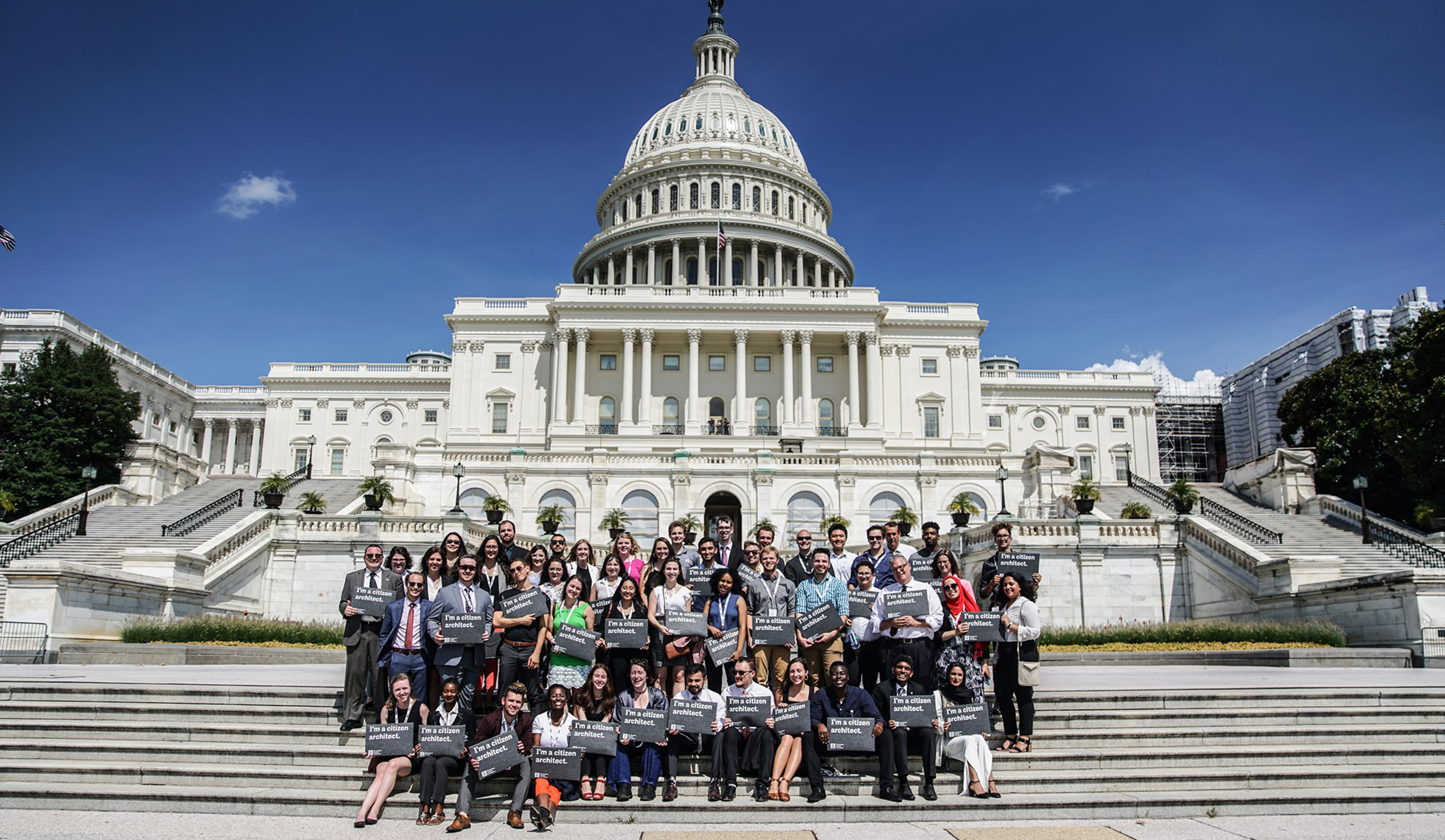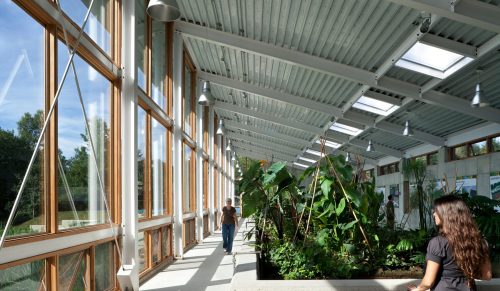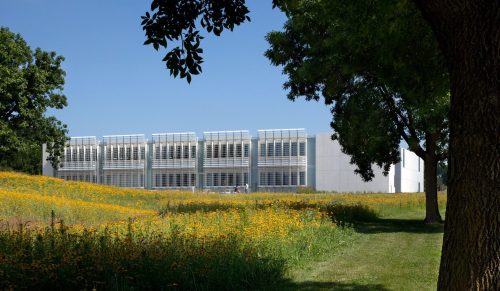
Leading from Within – Many Models for a City Architect
Citizen Architects
It was a big day this past March as hundreds of architects represented the voice of our profession on Capitol Hill in Washington, D.C. through the Grassroots Leadership Conference of AIA, each carrying a recycled felt folder with “I’m a citizen architect” emblazoned on it. It demonstrated that each of us has a unique perspective and has the capacity to reach out to our elected officials, letting them know what is important to our profession and promoting the critical role that design plays in our nation.
City Architects
After two and a half years in development under the leadership of Ric. Abramson, FAIA, and Patrick Panetta, FAIA, one of the AIA Strategic Council work groups wrapped up their initiative in 2018. This effort addressed the role of citizen architect in a distinct way: leading from within, specifically the role of the city architect across our country, of which there are only a few examples. I believe the work of this group is both critical and inspiring. This was the challenge that they observed:
“Politically, within local governance models, the diminishing influence of architects to lead design decisions, have a voice in land use policy, steward the built environment, and protect the health, safety, and welfare of the public has waned significantly in recent decades.”
From this challenge came their team’s goal:
“…to reinvigorate existing City Architect positions/offices or establish new ones within at least each major metropolitan government in order to reassert City Architects’ historic primacy in envisioning the potential of communities of the future and introduce fresh design-thinking and strategic problem-solving perspectives into current rigid regulatory and policy-making frameworks.”
Scalable Models for Integrating City Architects
Their activities included:
- research into the history of city architects in the founding, planning, and growth of American cities;
- examination of current positions, governance structures, and political models;
- redefinition of potential city architect roles and responsibilities in the 21st century;
- generation of a training program for those interested in serving at the local level;
- creation of a public outreach program targeted at city managers and decision-makers in municipal governments; and
- establishment of an implementation plan and protocol.
Many Models
In my opinion, the most compelling aspect of this work is the development of seven scalable models that may be implemented based on the local conditions of need, politics, funding, and/or governance structure. While one may most readily envision the city architect in a government staff position, variations on that model may be more appropriate for a municipality that does not yet see the financial means to create this kind of office.
I live in Kansas City, Missouri, where we do have a city architect as a paid staff position in City Hall. We also have a Center for Architecture and Design, the second model listed, which is made up of allied design-minded individuals (architects, interior designers, landscape architects, graphic designers, planners, and industrial designers) who have the collective capacity to support our city architect and our local government as a collective. In Kansas City, we also host a dedicated university design studio that was created in collaboration between Kansas State University and the University of Kansas that focuses on urban design and community issues. Each year, the Kansas City Design Center studio embeds itself in a community, listens deeply to the residents’ interests and needs, and vigorously researches the place as part of the studio’s work. The members also engage with local representatives, including community spokespeople, neighborhood leaders, and city officials – all along the way learning how to be a citizen architect through the design work they do, not just as an addition to the work they do.
Other communities may be more scaled and suited to the model of hosting a consultant-based Design Professional Kitchen Cabinet or by one of the other models outlined here. The beauty is that from this simple spectrum of options, any community in the United States could find a model that is best suited to its circumstances, and any local AIA component could find individuals who are ideally suited to take their place within that model. For any city or township that has yet to formally engage professional architectural expertise at any level, my guess is that three architects banded together could initiate one.
Architects are constantly envisioning a better world for the people who live in it; it is our nature, and I believe it is expected of us. These imaginings happen at various scales, from our streets to our neighborhoods to our entire cities. In some way, at some point along our careers, there will be an opportunity to either play the role of city architect or participate in a Design Assist Team or one of the other five scenarios described by the council’s Local City Architect Initiative Team. If that time is now or soon for one of you, I encourage you to stay tuned to the work of the Government Advocacy Committee as it initiates the implementation of this important work by the Strategic Council.

